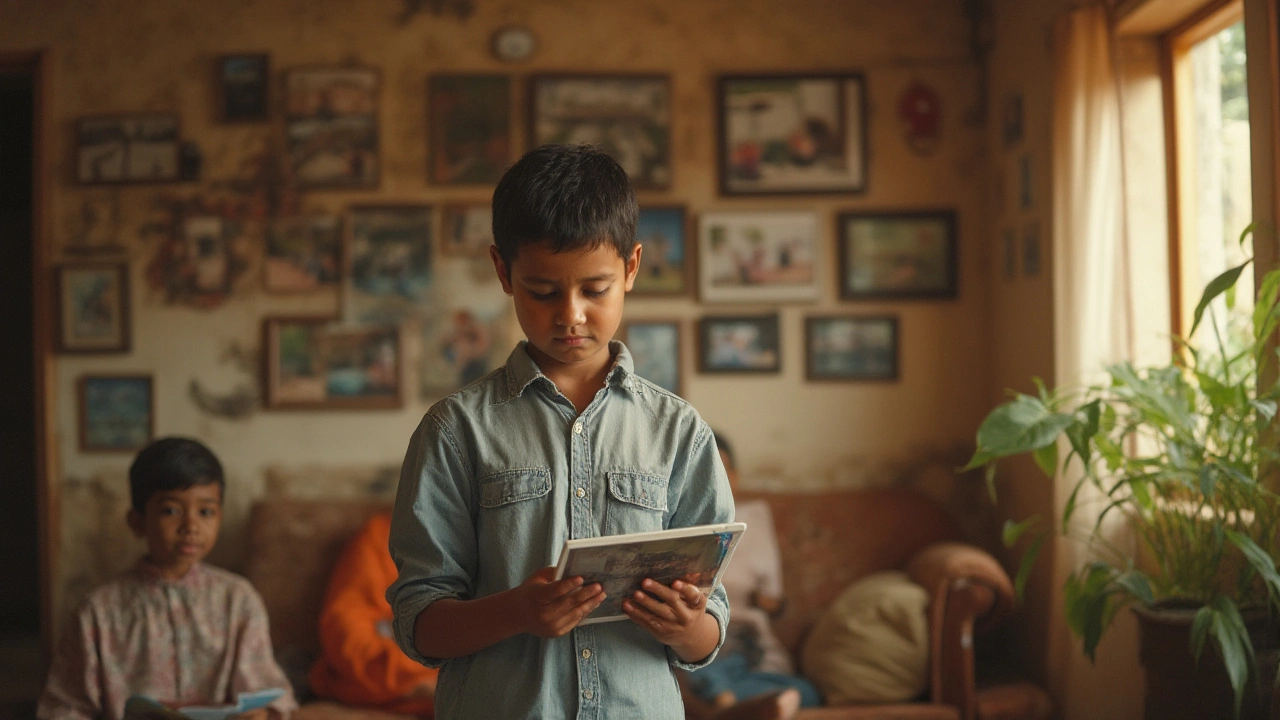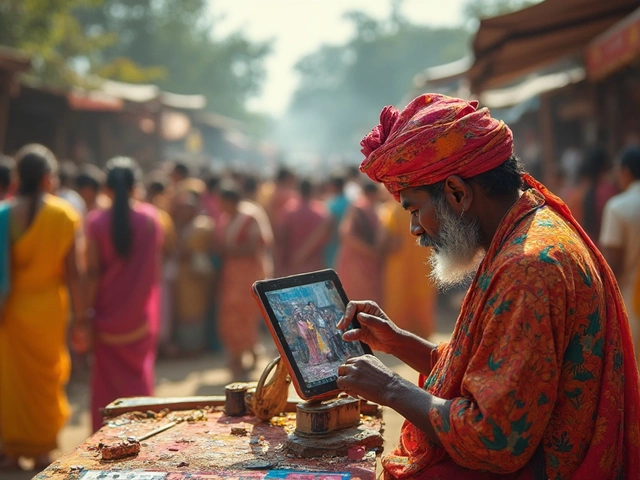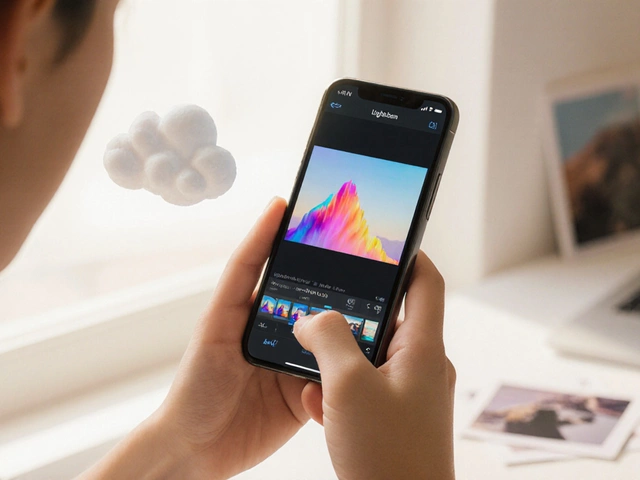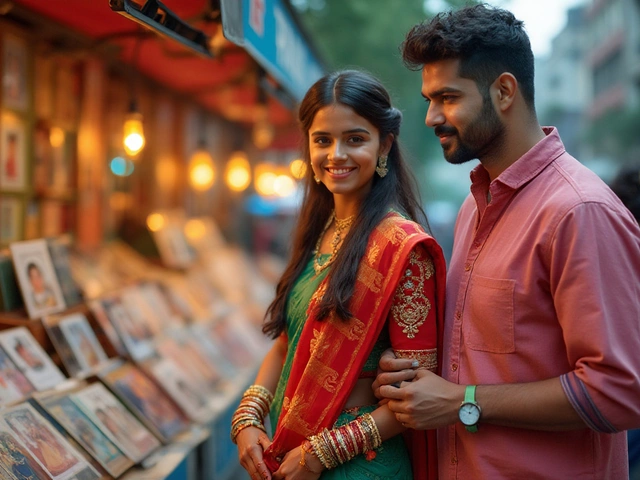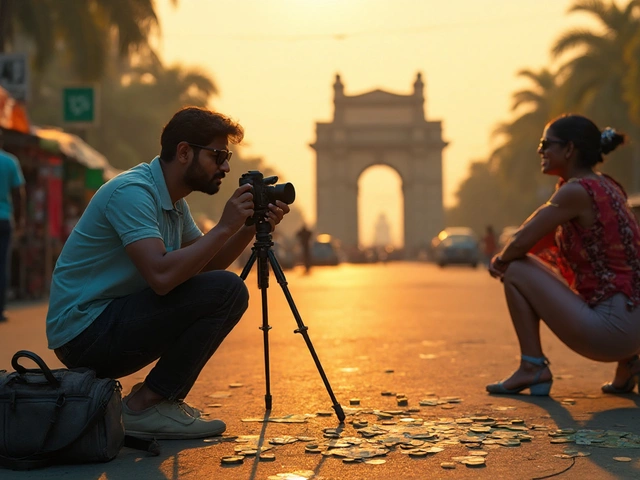Walk into a coffee shop in 2024, glance around, and what do you see? Almost everyone’s glued to a screen—scrolling, double-tapping, maybe even ignoring the person right in front of them. You might think, “Who actually cares about print anymore?” But then, in the corner, there’s always that one table—the one with a stack of glossy magazines, a printed photo book open, someone running their fingers along a real page instead of swiping through pixels. Surprised? So was I, when I started digging into what’s actually happening with print right now. Here’s the honest truth: print’s obituary’s been written too many times, but in 2024, the story isn’t what most people expect.
The Resilience of Print: Myths, Data, and Why It Still Matters
Everyone loves a dramatic headline: “Print is dead!” But the numbers don’t back it up. According to Statista’s 2024 report, global print industry revenue hit $785 billion this year, bouncing back after the pandemic dip. In the world of photography, physical prints, albums, and photobooks aren’t just nostalgia—they’re a $17 billion market in 2024, and still growing. People may think Instagram killed the photo album, but sales of instant print cameras and custom photo books are up 13% from last year in North America alone. Why?
Digital photos are everywhere; they crowd smartphones and cloud drives, often forgotten. But printed photos stick around—a wedding album on the coffee table, a framed moment in a hallway. Those images command attention in a way a phone screen never can. Google ran a survey earlier this year: 72% of respondents said their printed family photos meant more to them than any of their thousands of digital snaps. Ask anyone who’s lost their phone—those cloud backups are convenient, but it’s the dog-eared print in the wallet that really stings when it’s gone.
Print isn’t just for the sentimental, either. Publishers—yes, real, physical magazines—are stabilizing after years of decline. National Geographic, Vogue, and Photographic Review all reported a rise in subscription numbers for their printed issues compared to digital-only editions in early 2024. Here’s a wild stat: 39% of magazine readers surveyed by Pew Research still prefer physical copies over digital ones, citing eye strain and a desire for distraction-free reading.
It isn’t all roses, of course. Local newspapers keep shrinking; the days of a paper on every porch are mostly over. But print is adapting—niche magazines, high-end art books, and personalized photo products are thriving where mass-market print has stumbled. What’s emerging isn’t less print, but smarter, more intentional print.
Just look at wedding photography. Clients, especially in their late 20s and 30s, are hungry for well-made albums again. Pro photographers have started offering luxury print packages, sometimes with hand-bound Italian leather covers, and they’re not cheap. Yet the waiting list grows. As trends go, authenticity and quality are taking over from quantity and speed.
| Format | Growth Rate (2023-2024) | Notable Consumer Preference |
|---|---|---|
| Digital Photos | +5% | Quick sharing, convenience |
| Photo Books | +13% | Memorabilia, gifts |
| Instant Prints | +11% | Events, guest books |
| Magazines | +2% | Distraction-free reading |
If you ask me, print’s not dead. It’s just gotten a lot choosier about where it lives.
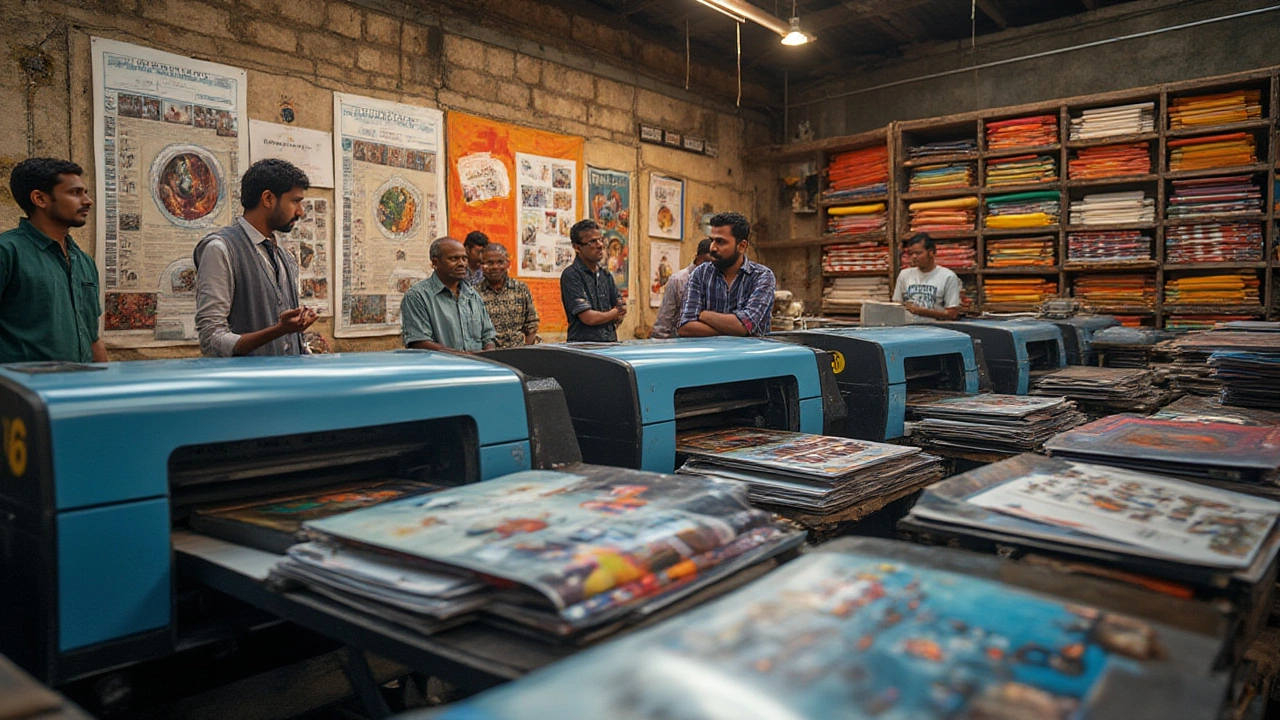
Print’s Modern Purpose: Where Prints Shine When Digital Falls Short
So, why would anyone choose print in 2024? Let’s be honest—digital stuff is everywhere, and you’d think printed stuff would be gathering dust. But here’s where print sneaks in with serious value.
Physical prints transform a photo from fleeting to forever. That vacation selfie buried in your cloud storage? Blink and it’s gone, lost among ten thousand others. But print it, frame it, or tuck it in your wallet, and suddenly it means something. For photographers, this isn’t just emotional; it’s business. Studios offering printed proofs, luxury albums, and fine art prints are outselling those who stick to digital downloads alone. People aren’t just buying pixels—they want something to show off, talk about, touch, and keep.
The science behind this is kind of wild. In a 2024 Oxford study, people viewing physical photographs reported a 36% stronger emotional response than those looking at the same image on a screen. That’s huge for anyone trying to make their art or their memories stick. Brands know it, too, which is why high-end product launches and art galleries still lean hard on printed visuals—there’s just no substitute for seeing an image at full size and real resolution.
Let’s talk about trust. Remember that old joke about "don’t believe everything you see on the internet"? People still trust the printed word and printed images more than digital ones. The Reuters Institute recently found that 55% of adults in the US consider print news and magazines more reliable than online sources. Maybe it’s because a magazine or print keeps your full attention. Nobody’s pinging you with notifications from inside a bound book.
Print has also earned its own eco-friendly badge. The myth that print kills forests is out of date—nearly 85% of printers in Europe and North America use certified or recycled paper, and printing tech has jumped forward in energy efficiency. In many cases, producing a single physical book creates less carbon in the long run than the energy used to store and display its digital version, according to a 2023 MIT study. Crazy, right?
In some fields, digital just can’t keep up. Think about wedding guest books, instant polaroid guest walls, graduation albums, and fine art prints for galleries. Sure, you can have an online gallery, but the magic of seeing your work framed and hung on a wall, or flipping through a thick album, can’t be beat by any 4K display.
If you’re a photographer or just a fan of photos hoping your best shots won’t be lost in the algorithm, here are some ways to keep print alive in your life:
- Order high-quality prints of your top five photos every year—frame them or give them to family.
- Create personalized photo books for special events or trips.
- Try printing with different finishes: matte, glossy, metallic. Each one gives a totally different vibe.
- Explore local print studios for unique options—canvas prints, wood mounting, or even custom magazines.
- Use print for portfolio work. Handing a client a gorgeous printed sample leaves a mark digital never will.
Sure, digital is fast, cheap, and everywhere—but print makes a photo matter. And honestly? That counts for something no screen can touch.

Print and the Future: Unexpected Trends and What’s Coming Next
It’s easy to write off print as old school, but some of the coolest trends are popping up in this so-called “outdated” world. Just this year, demand for retro instant printers—think Fujifilm Instax and Polaroid—jumped 19% among Gen Z buyers. That’s right: the same folks who live on TikTok are snagging pocket-sized photo prints faster than ever.
Brands are catching on, big time. Companies like Canon and Epson are rolling out home printers designed for smartphone photos, making high-quality prints as simple as tapping a button. Instagram itself started partnering with print labs in Europe, encouraging users to turn their most-liked shots into wall art or books. Digital-to-print integration is driving this trend, with easy-to-use apps and services that let anyone design a book or album in under half an hour.
Museums and galleries are also leaning into print’s staying power. The 2024 Venice Biennale doubled its number of printed photo works on display, showcasing the belief that physical photography is still the standard for fine art. Even in news, “slow journalism” magazines—like Delayed Gratification—are thriving because they focus on deep, lasting reporting that’s a pleasure to hold and read, rather than a blur of daily headlines.
Here’s a tip for photographers wanting to future-proof their prints: invest in archival materials and pigment inks. Prints made with cheap dye ink and basic paper can fade in five years, but archival quality stuff can last a century. Pair that with good storage conditions—think cool, dry, and out of direct sunlight—and your best shots could outlast you. Seriously, there’s a reason museums use special acid-free mats and UV-protected frames.
One new development this year: artists are experimenting with creative formats. Zines—small-batch, self-published magazines—are having a real moment, especially for photographers looking to share work outside of the algorithm. Crowdfunding photo books is easier than ever, thanks to platforms like Kickstarter and Patreon. These formats allow photographers total control over how their work is presented, sequenced, and experienced. There’s nothing cookie-cutter about it.
So, is print dead? Ask anyone who’s held their life’s work in a beautifully bound album, proudly handed a framed print to a client, or waited on a doorstep for a photo book delivery. The answer’s in their smile—and in the fact that, every year, more people realize those real, tangible images simply hit differently than anything digital ever could.
The reality is, print’s not just alive—it’s thriving in creative, surprising ways. Want your photos to mean something a decade from now? Don’t just leave them in the cloud. Is print dead in 2024? Not even close.
